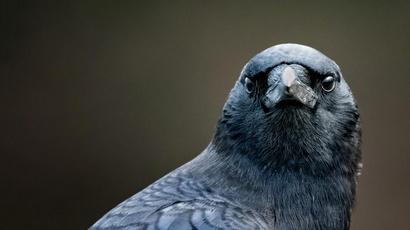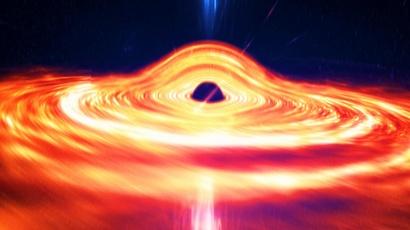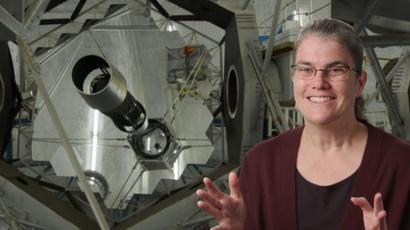
NOVA
RoboBees to the Rescue
Show title: NOVA
Video title: RoboBees to the Rescue
Video duration: 2m 24sVideo description: Could tiny drones be the pollinators of the future? Credits Animated and Narrated by Anna Rothschild Cinematography by Steve McCarthy Original Footage ©WGBH Educational Foundation 2013 Additional Footage Courtesy Harvard's Wyss Institute for Biologically Inspired Engineering SLOW MOTION: Flying Hoverfly ©iStockphoto/Schroptschop

NOVA Goes Ballistic
In honor of the New Year, we bring you a NOVA retrospective on ballistics.

Do Birds Remember Faces?
Crows can remember the face of their captors—even after generations.

Bird Brain Preview
Watch astonishing tests of avian aptitude: parrots that can plan for the future, jackdaws that can “read” human faces, and crows that can solve multi-step puzzles with tools like pebbles, sticks, and hooks. Could these just be clever tricks, based on instinct or triggered by subtle cues from their human handlers?

What's Inside a Black Hole?
Here are three mind-blowing ideas for what may be inside a black hole.

Black Hole Hunter: Priyamvda Natarajan
As a child, theoretical astrophysicist Priya Natarajan loved atlas. As an adult, she maps the cosmos.

Black Hole Star Cake
NOVA has teamed up with Cook's Illustrated to cook up a recipe for stars and black holes.

Black Hole Hunter: Janna Levin
As a kid, Janna Levin loved cosmology—now, she’s an award-winning author and host of “Black Hole Apocalypse”

Black Hole Hunter: Andrea Ghez
Andrea Ghez asks the ultimate question: Is there a supermassive black hole at the center of our galaxy?

Black Hole Hunter: Chung-Pei Ma
Chung-Pei Ma is both a gifted violinist and one of the world’s foremost black hole hunters.

Black Hole Apocalypse Preview
Black holes are the most enigmatic and exotic objects in the universe. They’re also the most powerful, with gravity so strong it can actually trap light. And they’re destructive. Anything that falls into them vanishes…gone forever. But now, astrophysicists are realizing that black holes may be essential to understanding how our universe unfolded—possibly leading to life on Earth and us.

Black Hole Apocalypse Trailer
Black holes are the most enigmatic and exotic objects in the universe. They’re also the most powerful, with gravity so strong it can actually trap light. And they’re destructive. Anything that falls into them vanishes…gone forever. But now, astrophysicists are realizing that black holes may be essential to understanding how our universe unfolded—possibly leading to life on Earth and us.

Four Types of Black Holes
Black holes are mind-blowing. Discover the FOUR types of black holes that exist in the cosmos.

How Much Does a Thought Weigh?
Anywhere information goes, even in your mind, energy goes with it—bottle up that energy and it has mass.

Day the Dinosaurs Died Preview
66 million years ago, a seven-mile-wide asteroid collided with Earth, triggering a chain of events that coincide with the end of the dinosaurs. But experts have long debated exactly what happened when the asteroid struck and how the giant beasts met their end. Now, scientists have uncovered compelling new clues about the catastrophe.

Climate Action Without the Feds?
Can states, cities, and companies fulfill US obligations to the Paris Accord on their own?

What's Inside the Great Pyramid?
Cosmic particles reveal a previously hidden void in the Great Pyramid of Khufu in Egypt.

Will Robots Become Conscious?
What makes a brain or machine conscious? This theory is beginning to provide some answers.

Why Do We Like Being Scared?
If a neuroscientist designed a haunted house, would you dare to enter?











